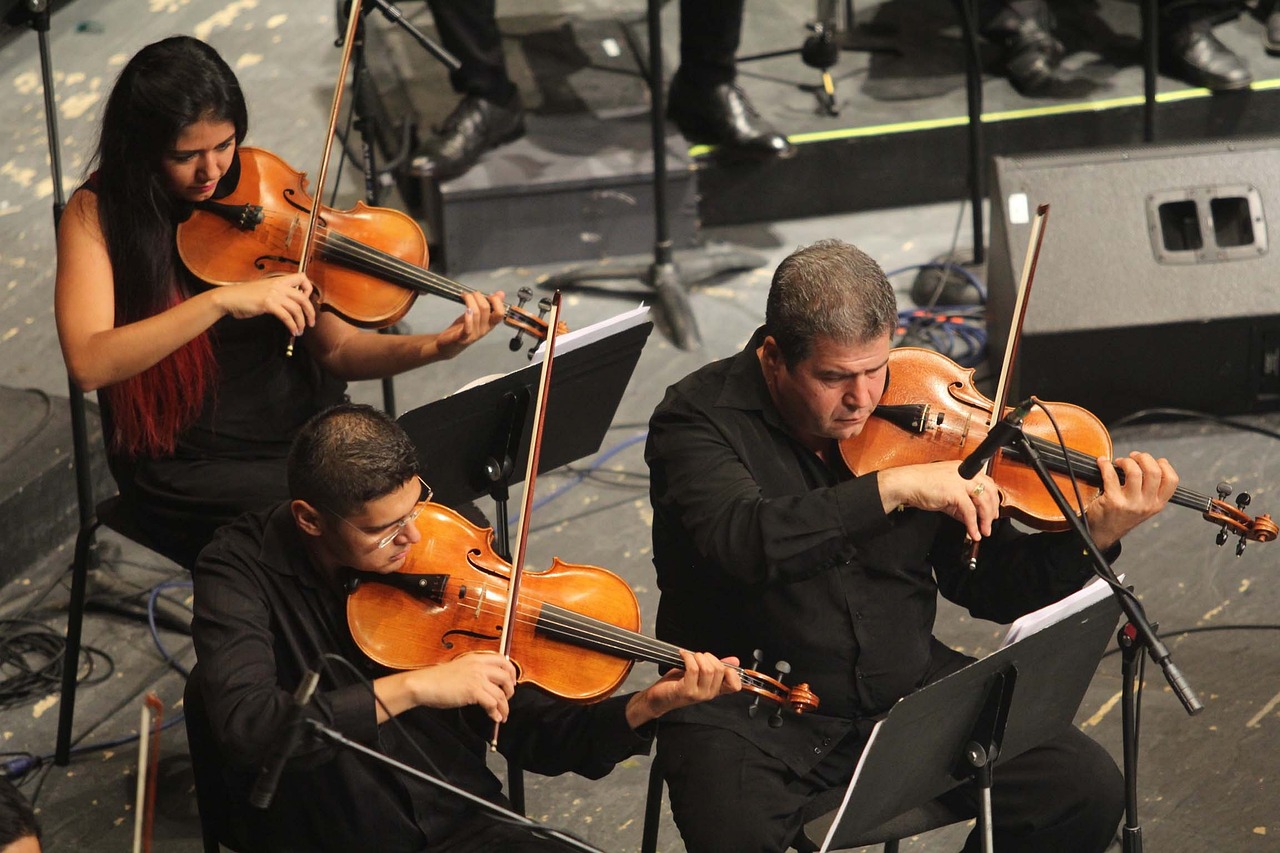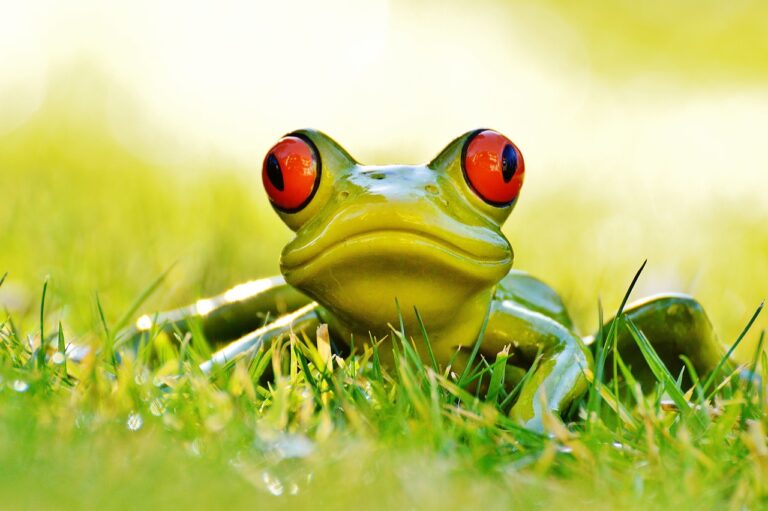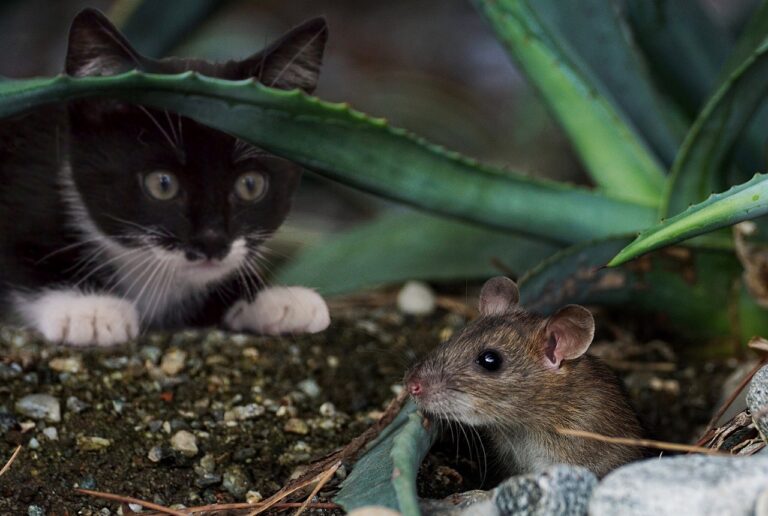The Impact of Film Noir on Modern Cinema Aesthetics
Film Noir emerged in the early 1940s as a distinct film genre that featured dark and cynical themes, often centered around crime and moral ambiguity. The roots of Film Noir can be traced back to German Expressionism and the hardboiled detective fiction popular in America at the time. Its characteristic elements include flawed protagonists, femme fatales, and intricate plots filled with deception and betrayal.
The term “Film Noir” was coined by French critics after World War II to describe a new wave of American crime films that exhibited a unique visual style and narrative structure. These films were distinguished by their use of stark black-and-white cinematography, low-key lighting, and unconventional camera angles to create a sense of tension and unease. Directors like Billy Wilder, Alfred Hitchcock, and Orson Welles were influential in shaping the tone and atmosphere of Film Noir during its golden age in the 1940s and 1950s.
Visual Style and Techniques in Film Noir
Characterized by its distinct visual style, Film Noir employs high contrast lighting to create dramatic shadows that envelop the characters and settings in a mysterious ambiance. This technique, known as chiaroscuro lighting, helps to enhance the dark and brooding atmosphere typical of the genre. By playing with light and shadow, filmmakers in the Film Noir tradition are able to convey tension, suspense, and psychological depth in each frame.
In addition to its striking lighting techniques, Film Noir also utilizes unconventional camera angles and compositions to visually emphasize the psychological complexities of its characters. Low-angle shots are frequently employed to depict a sense of unease or vulnerability, while oblique angles and skewed framing mirror the moral ambiguity and twisted logic within the narrative. These visual elements work in tandem with the storytelling to immerse the audience in a world where morality is murky and motivations are often shrouded in darkness.
• Chiaroscuro lighting creates dramatic shadows and mysterious ambiance
• Enhances dark and brooding atmosphere typical of Film Noir genre
• Conveys tension, suspense, and psychological depth in each frame
• Unconventional camera angles emphasize psychological complexities of characters
• Low-angle shots depict unease or vulnerability
• Oblique angles mirror moral ambiguity and twisted logic within the narrative
Influence of Film Noir on Lighting and Shadows
Film noir has left an indelible mark on the world of cinema, particularly when it comes to its influence on lighting and shadows. The stark contrast between light and dark, known as chiaroscuro lighting, is a trademark of film noir. This technique creates a sense of mystery and tension, drawing viewers into the gritty and often dangerous world depicted on screen.
The use of shadows in film noir is not merely a visual aesthetic, but a storytelling device in its own right. Shadows are utilized to convey a character’s inner turmoil or moral ambiguity. Whether cast against a dimly-lit alleyway or a smoky bar, shadows in film noir symbolize the characters’ internal struggles and the moral ambiguity that pervades the noir universe.
What are some key characteristics of Film Noir?
Some key characteristics of Film Noir include a dark and cynical view of the world, morally ambiguous characters, and a sense of mystery and suspense.
How did Film Noir influence the use of lighting and shadows in cinema?
Film Noir had a significant impact on the use of lighting and shadows in cinema, with filmmakers employing high contrast lighting and deep shadows to create a sense of unease and tension in their films.
What are some visual techniques commonly used in Film Noir?
Some visual techniques commonly used in Film Noir include low-key lighting, chiaroscuro lighting, and dutch angles to create a sense of disorientation and suspense.
How did Film Noir influence other genres of cinema?
Film Noir’s use of lighting and shadows has had a lasting impact on other genres of cinema, with many filmmakers incorporating these techniques into their own work to create mood and atmosphere in their films.







